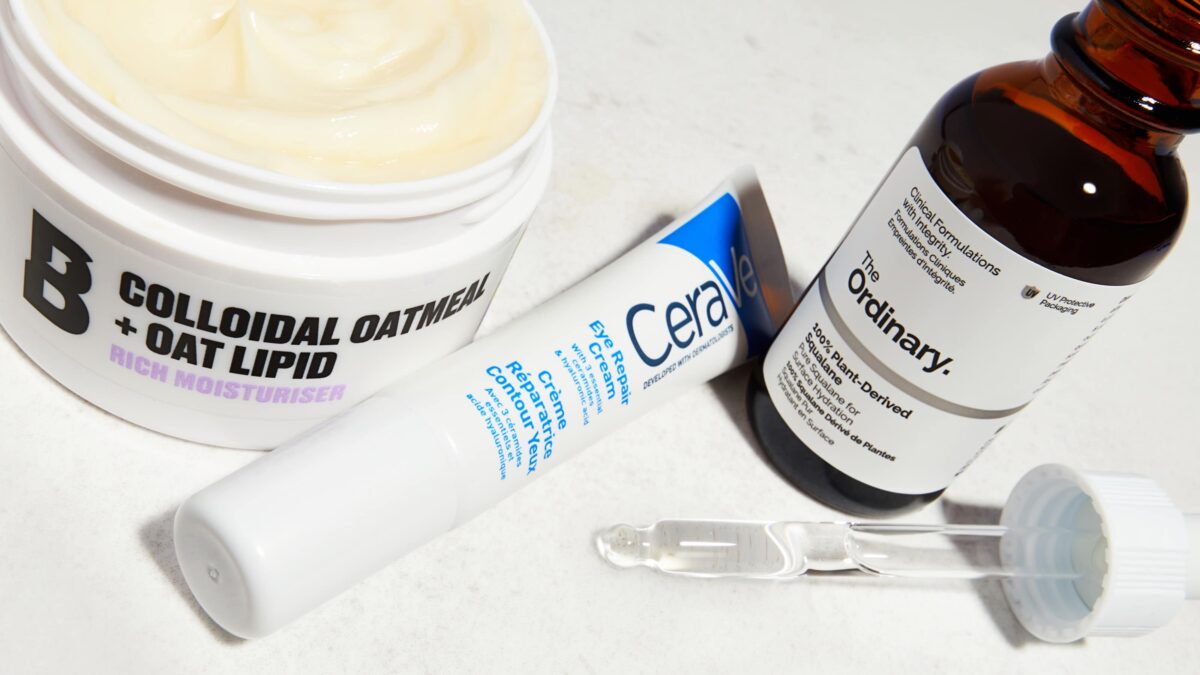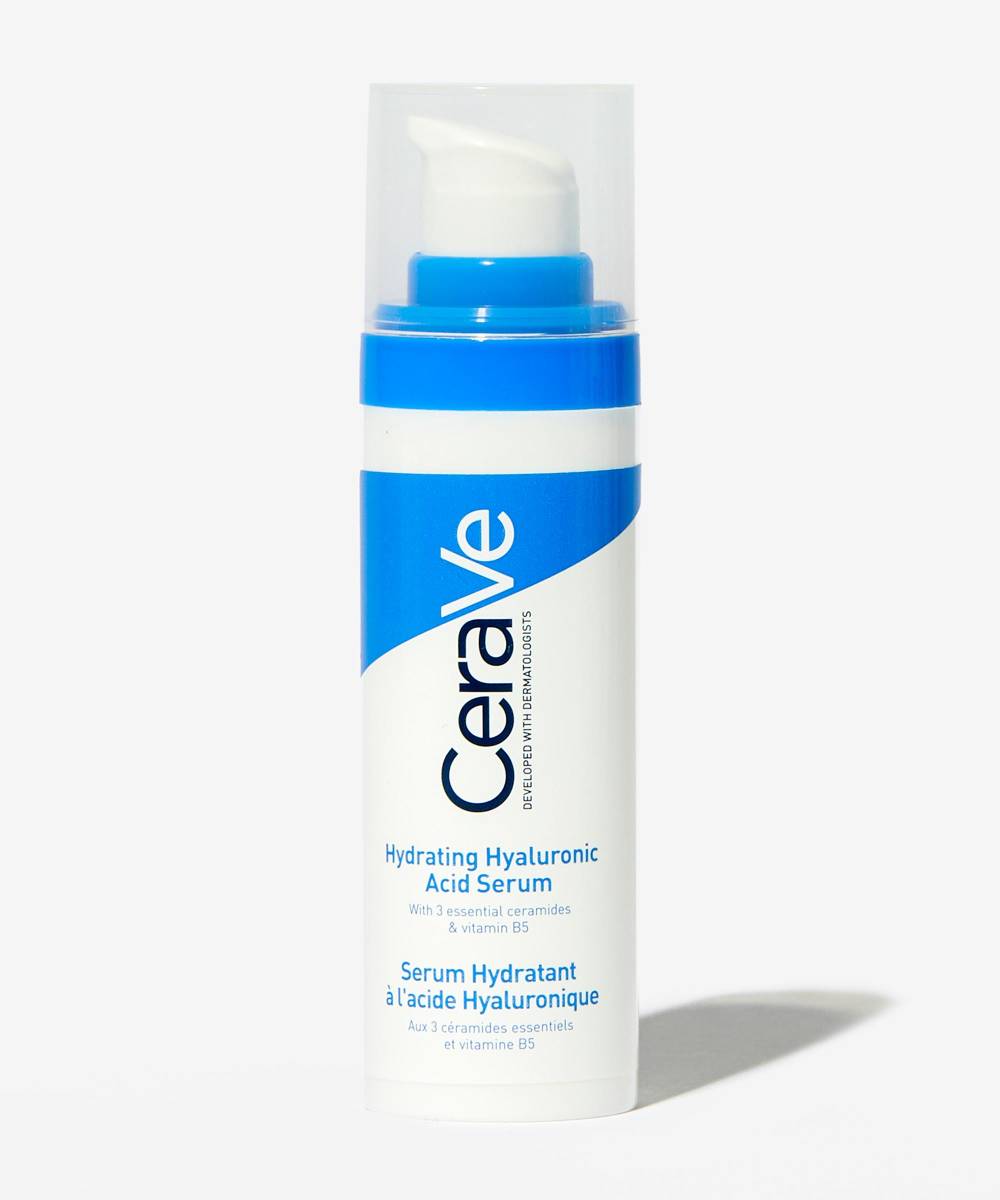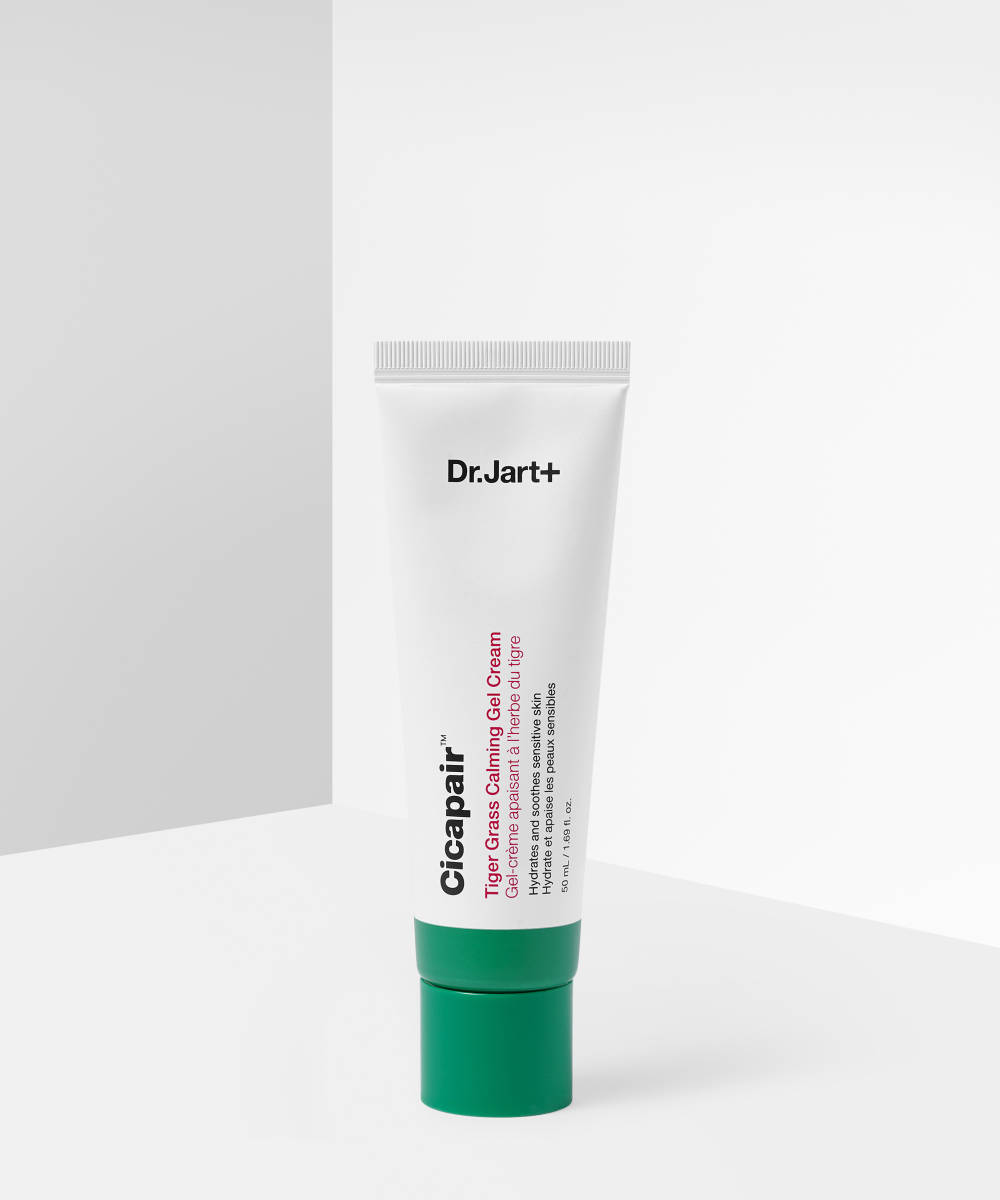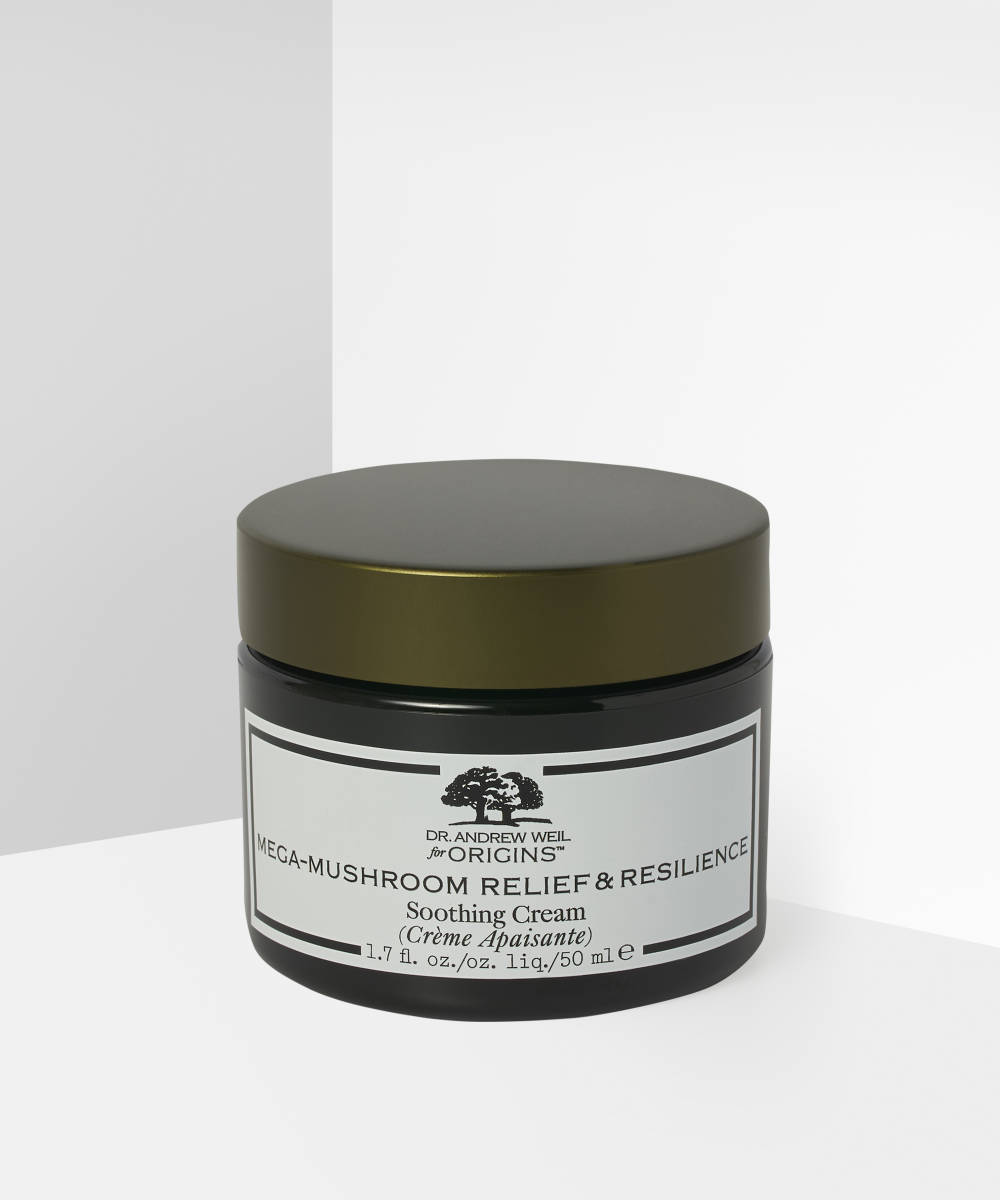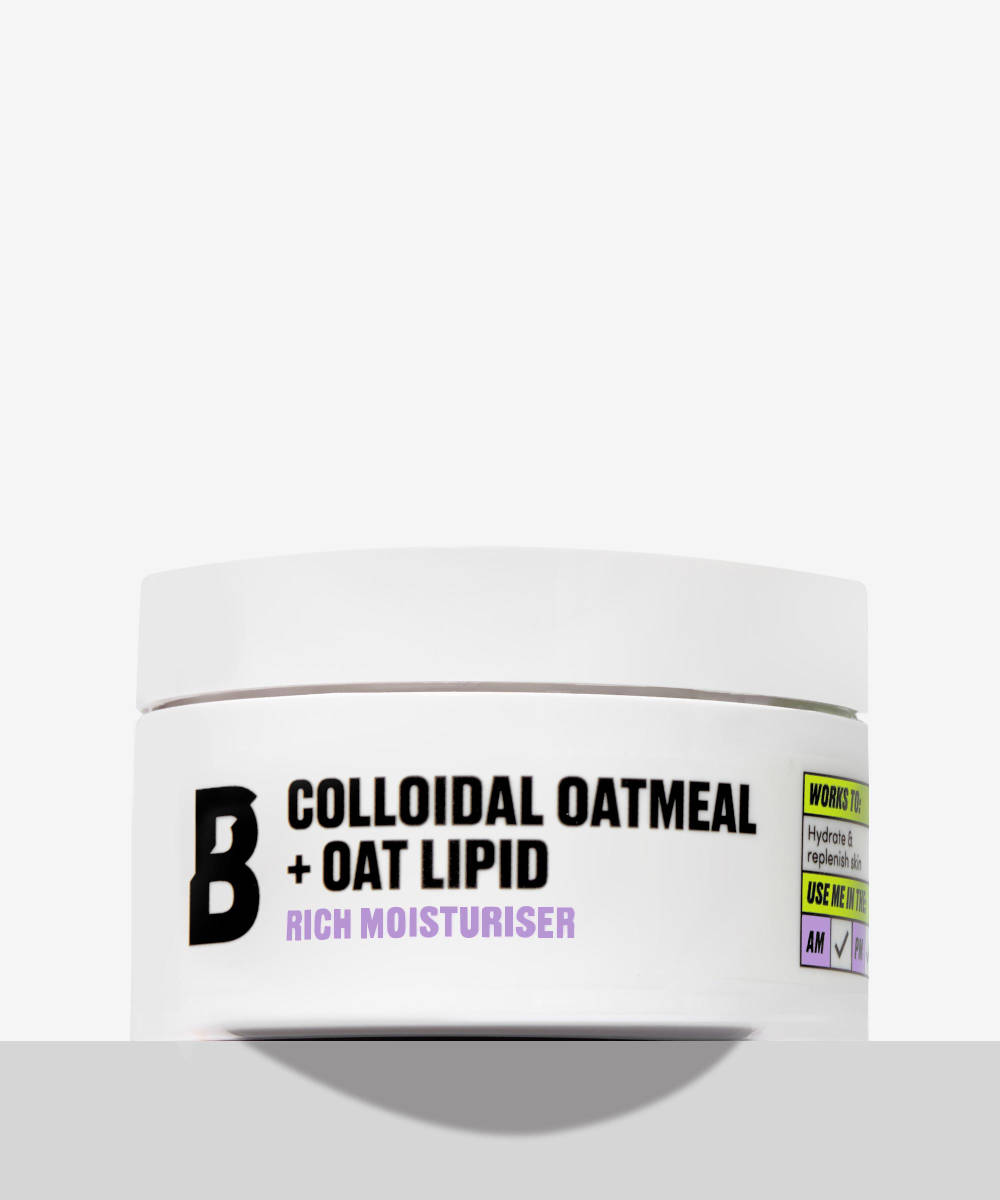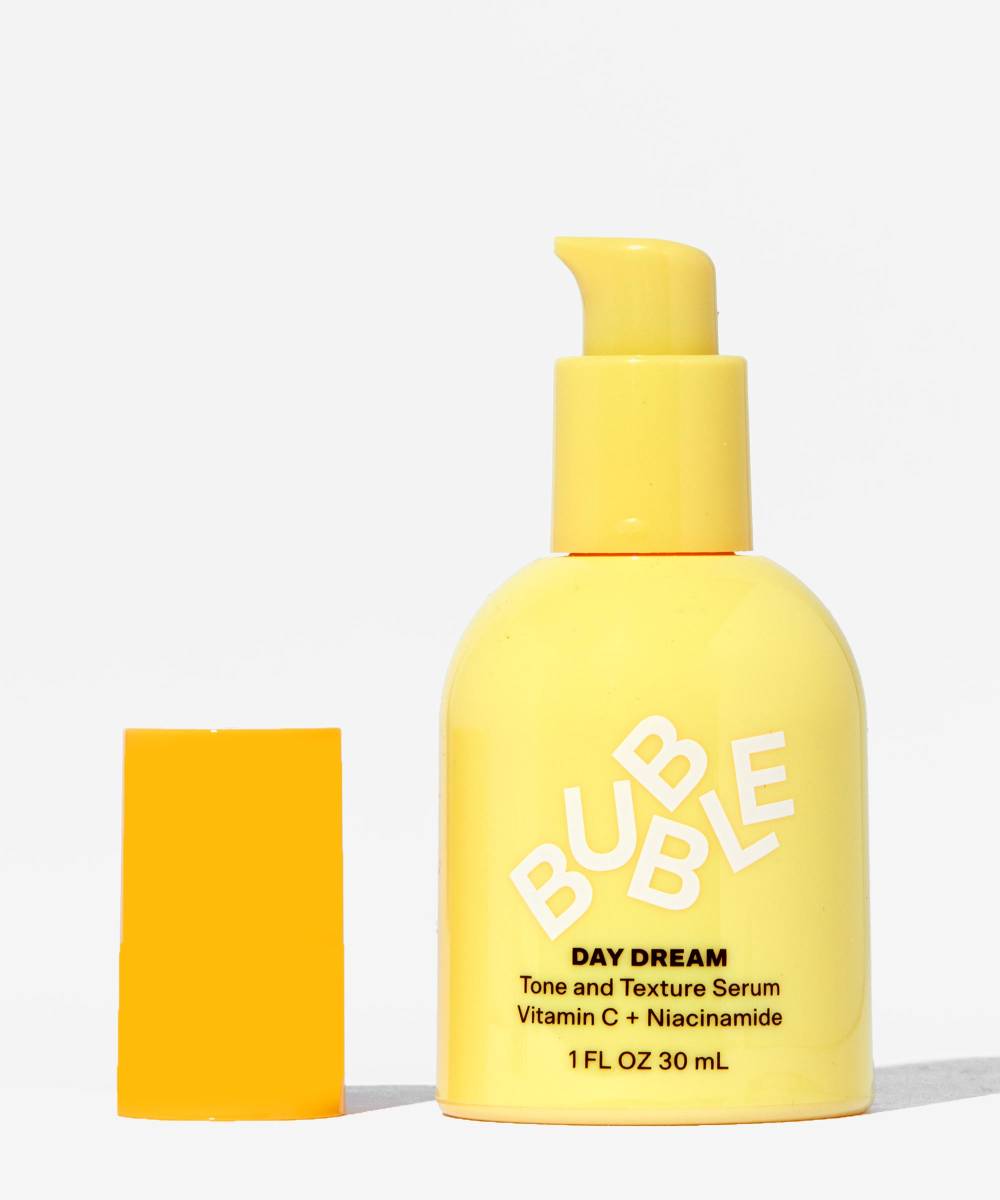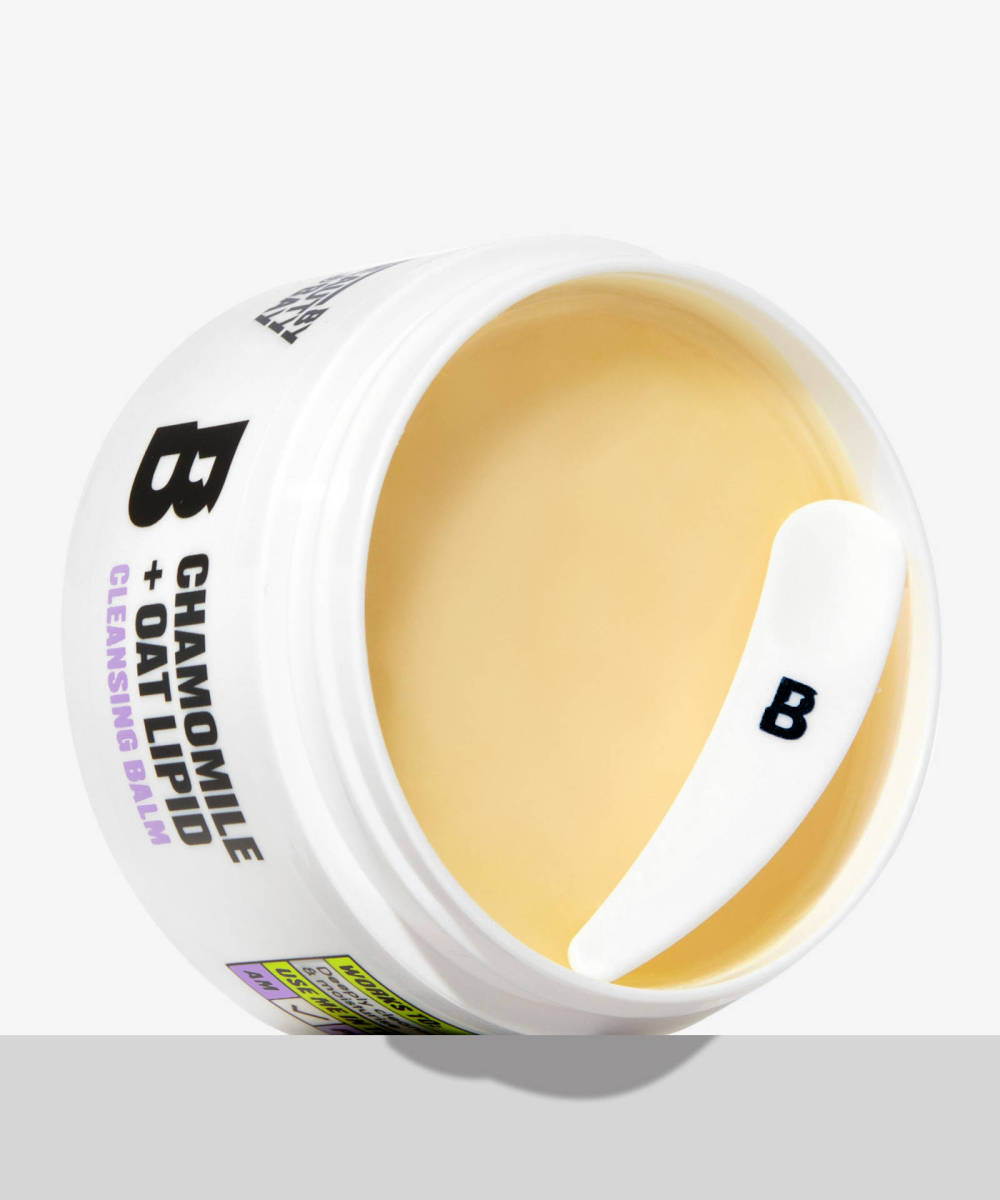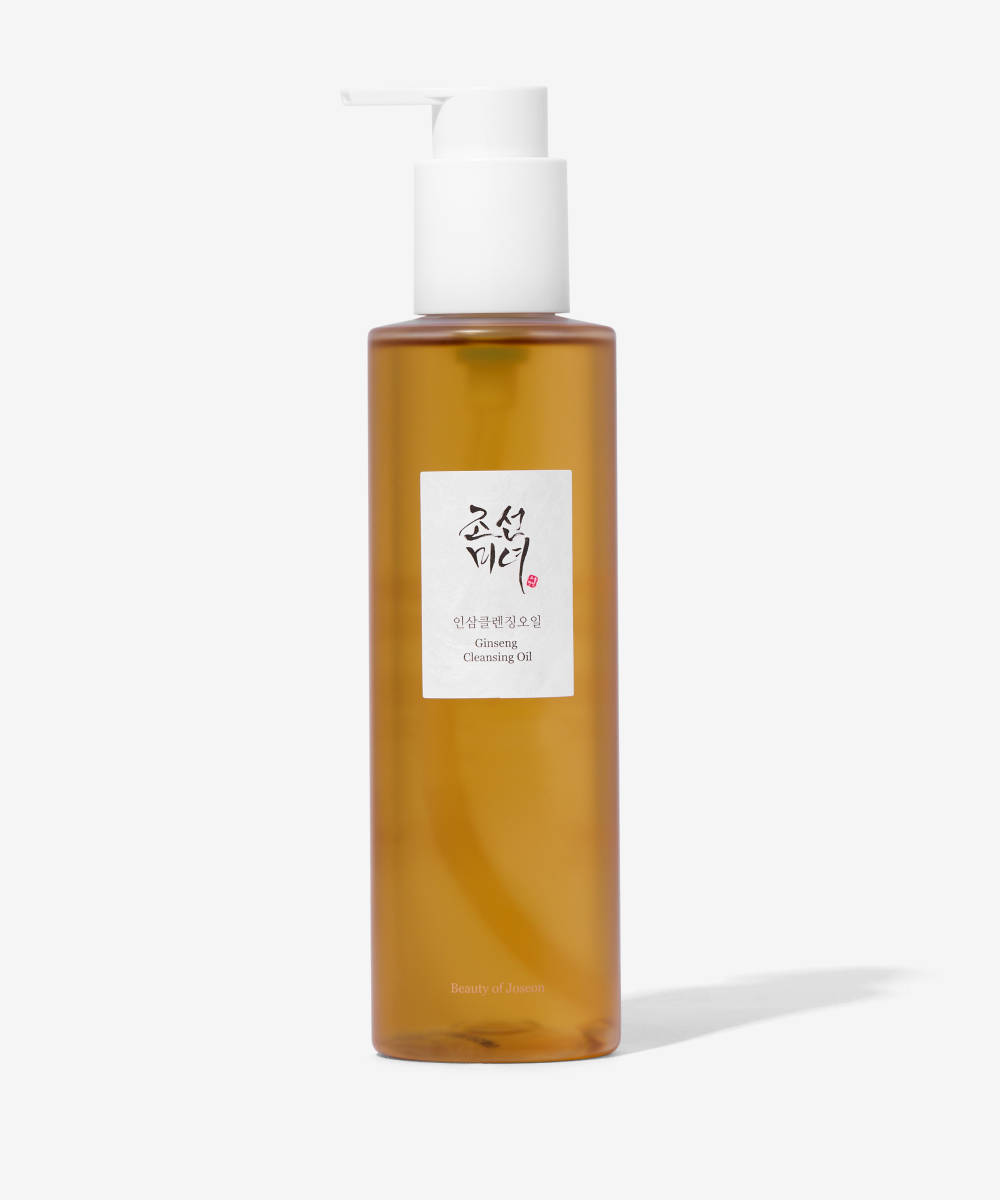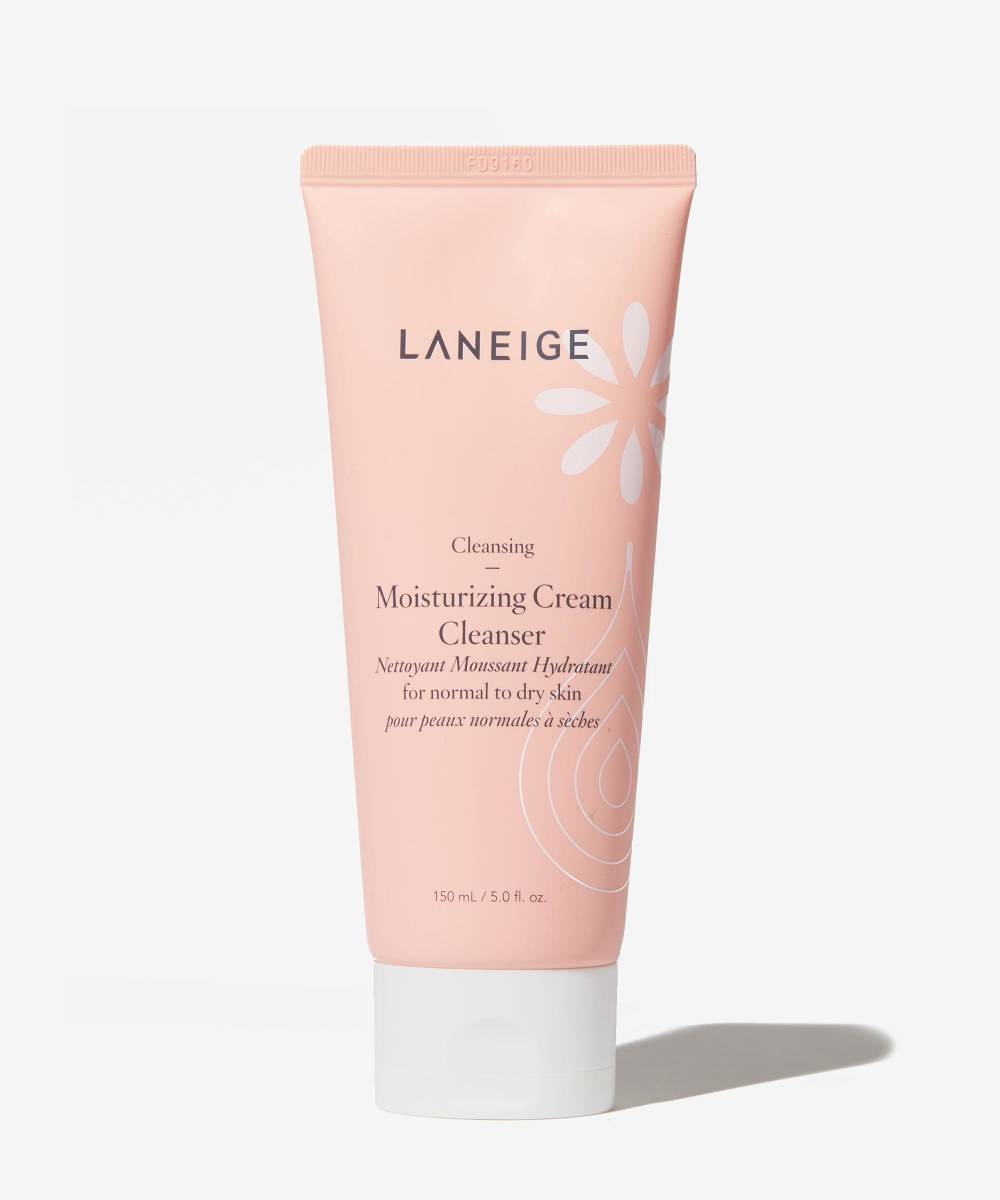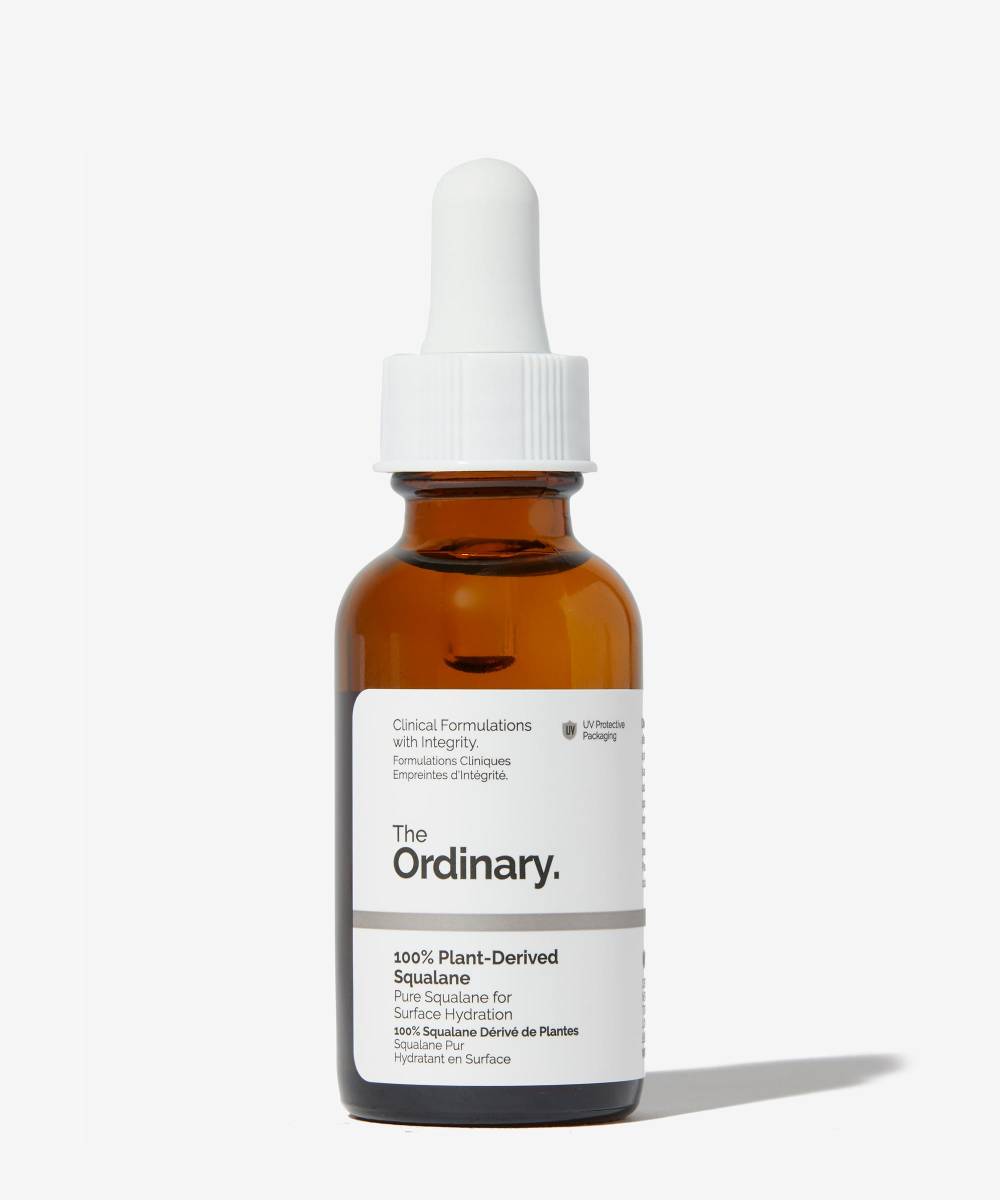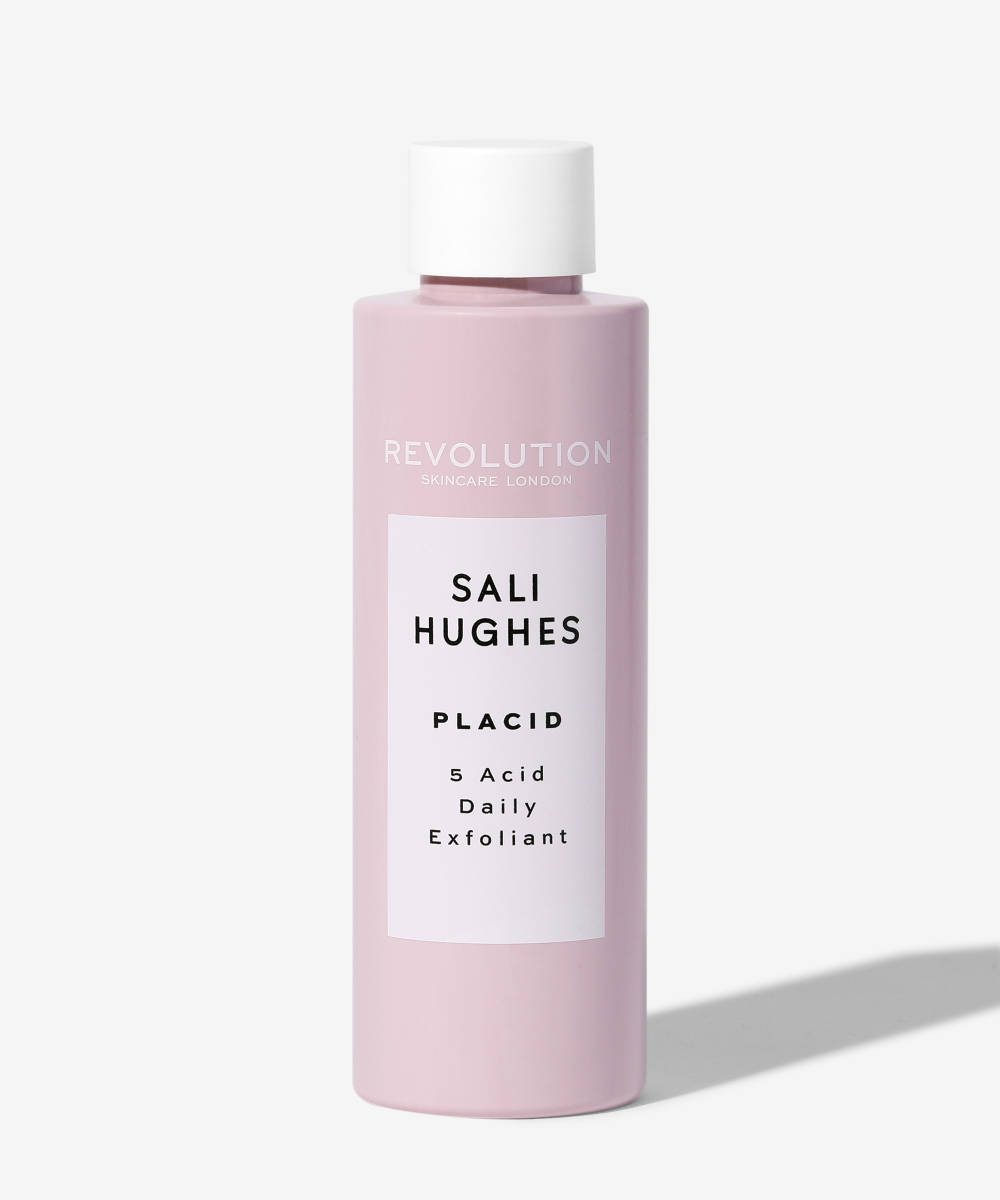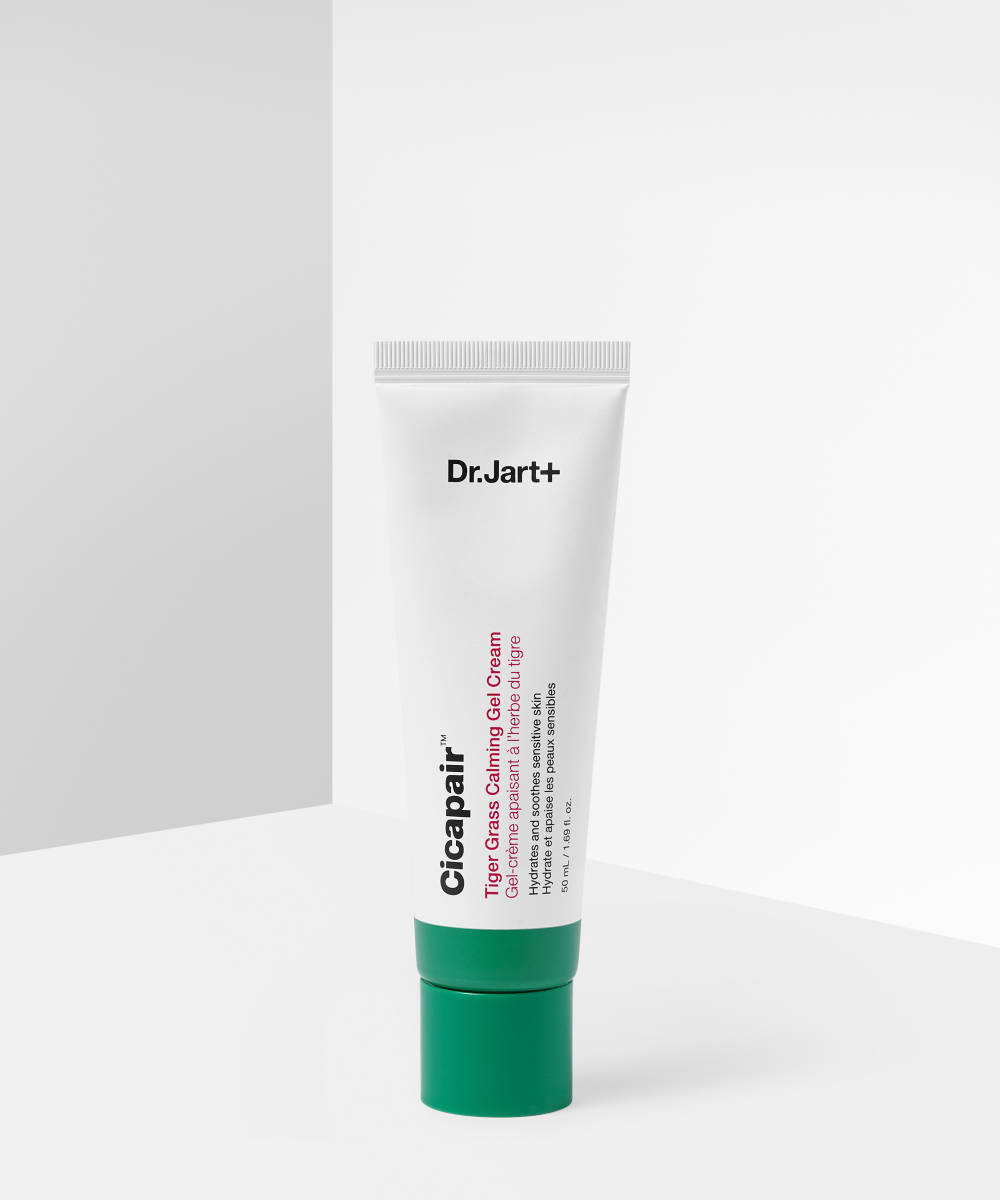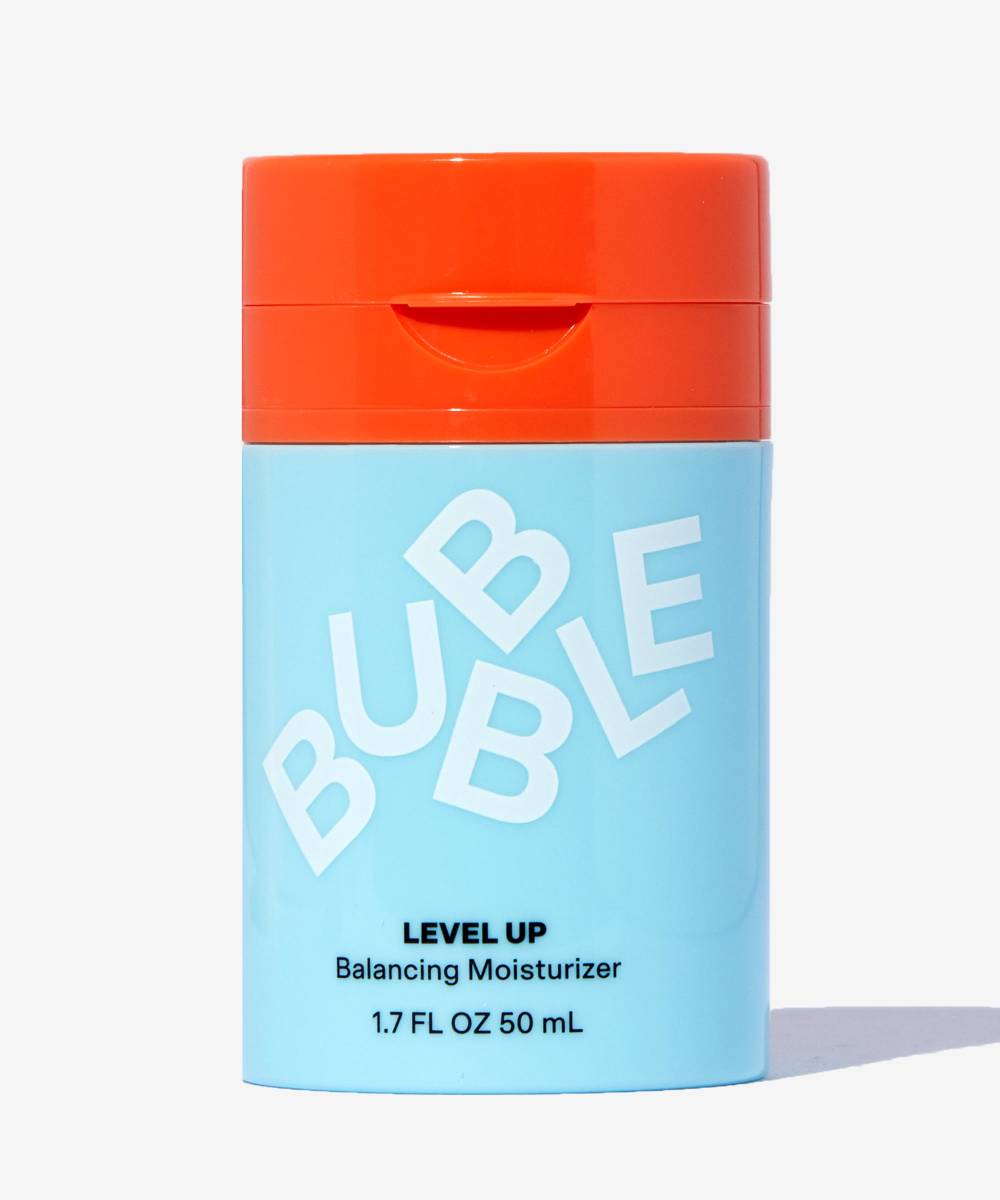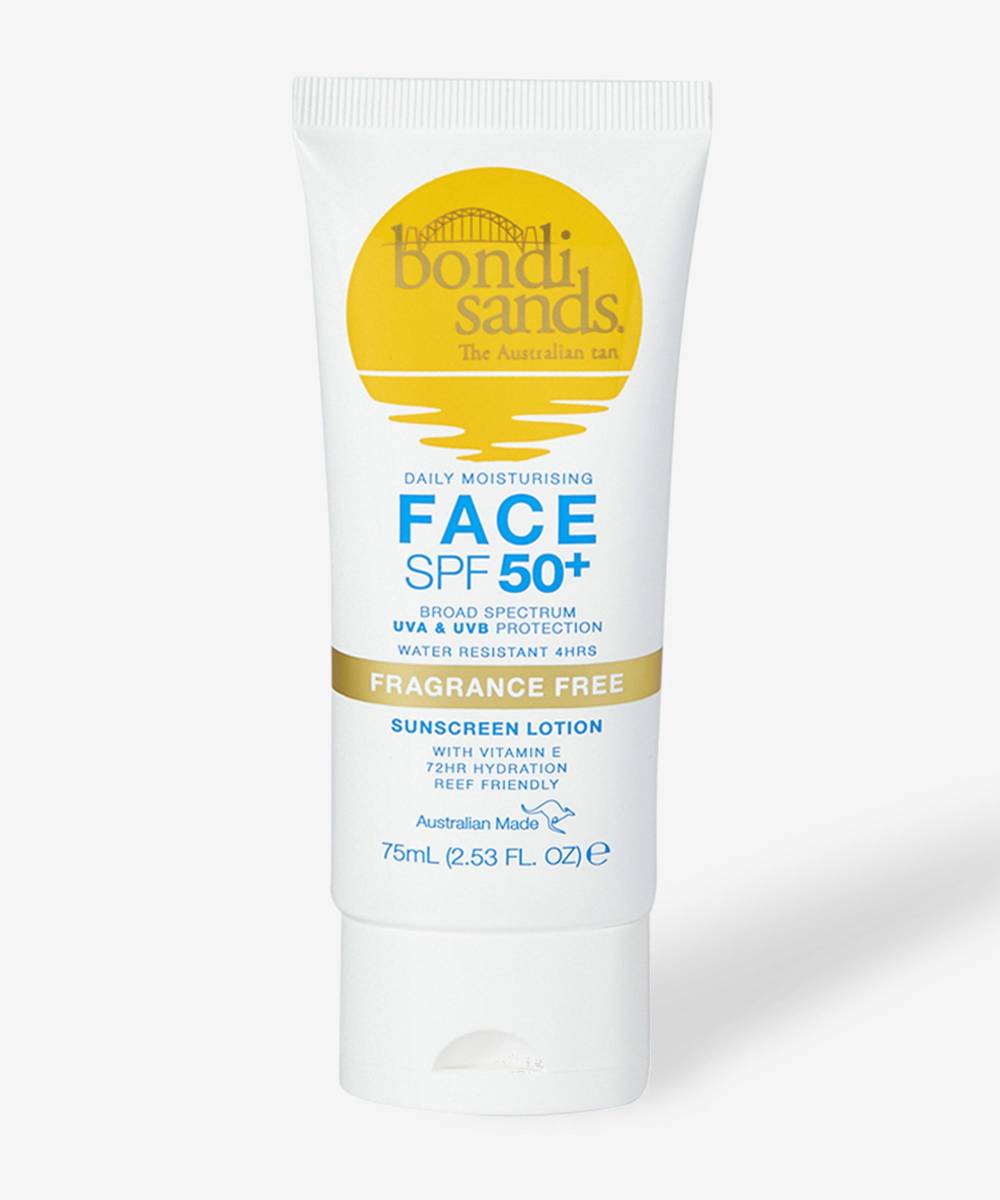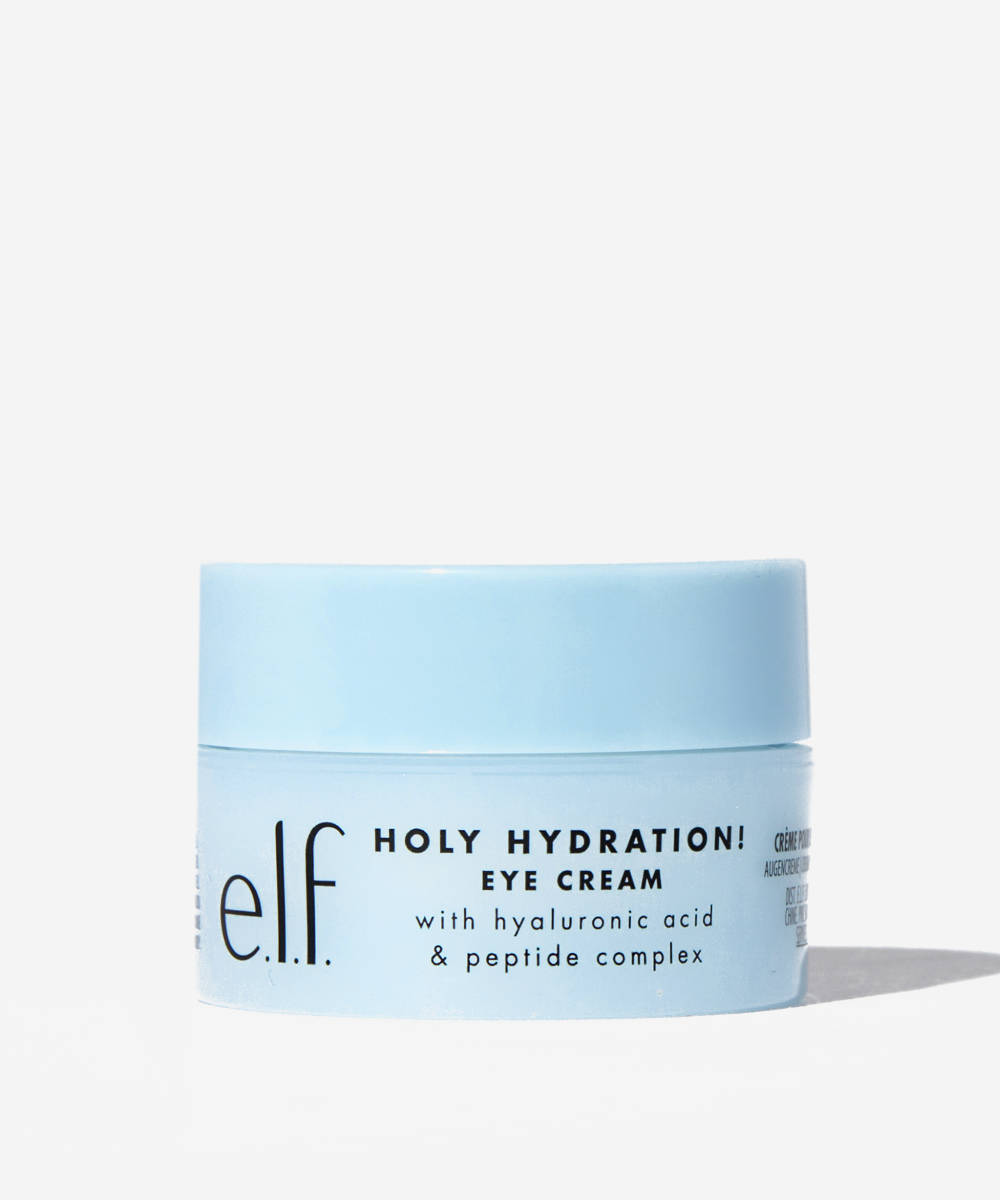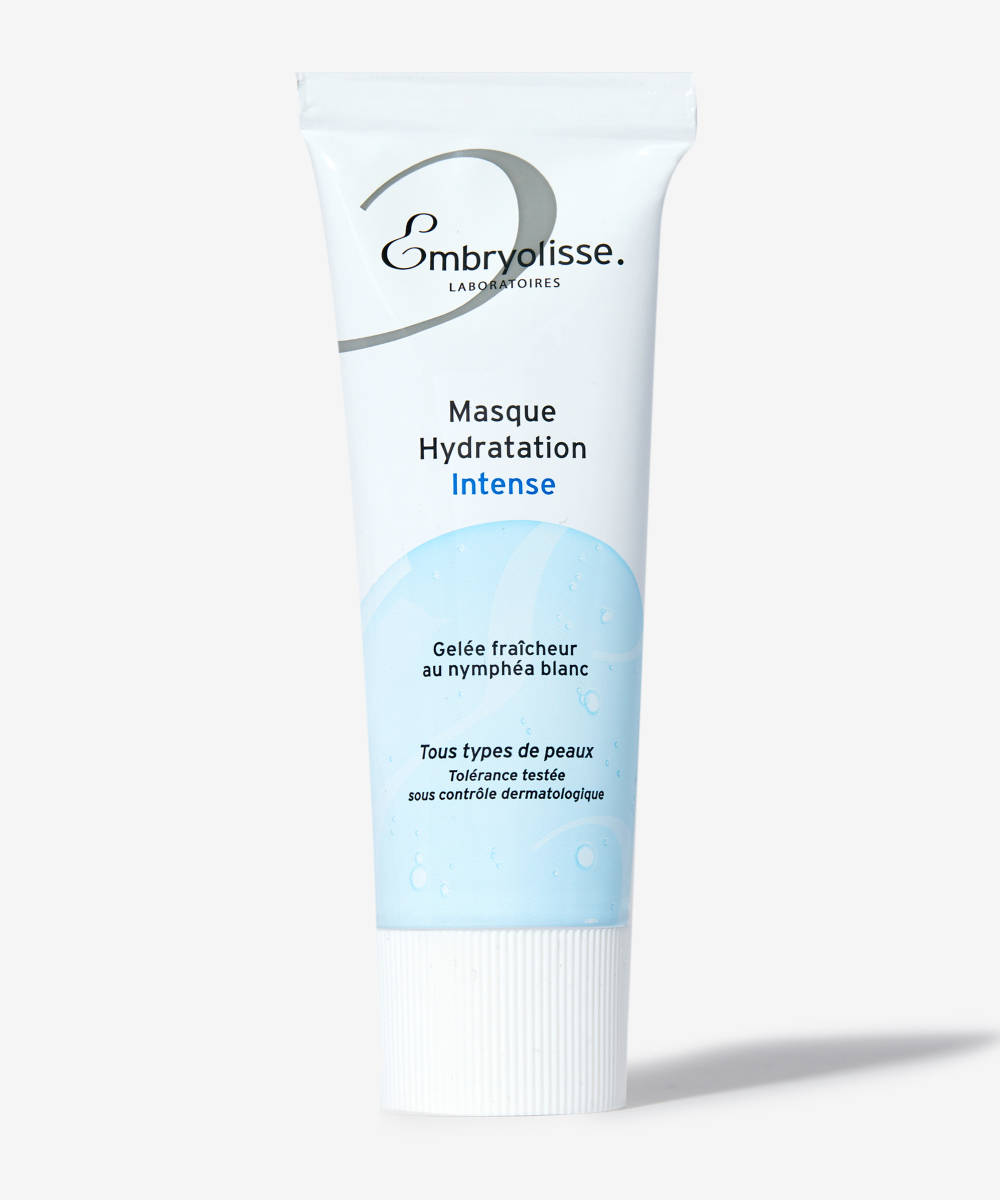Winter is here and while we love to get warm and cosy when it’s freezing outside, the harsh changes in temperature can play havoc with our skin.
Knowing how to adapt your winter skincare routine to give your skin what it needs during the long cold season is essential. From switching your moisturiser to adding in a new cleanser, we have plenty of tips to keep your skin happy and healthy this winter.
The Impact Winter Has On Your Skin
Winter is full of environmental stressors that can cause damage to your skin. When it gets to the colder months, your skin will likely feel drier and you may experience patches of flakiness, as well as having to deal with redness, dullness, and breakouts.
The reason you may experience dryness and redness in winter is all down to the contrasts in temperatures our delicate skin faces, combined with reduced humidity and the dryness of central heating. The harsh conditions can damage your skin barrier, strip your skin of moisture, and increase sensitivities.
Winter Skincare Tips: Ingredients to Use in Winter
When facing drier conditions, it’s vital that you make key adjustments to your winter skincare routine. These should be hydrating, calming, and kind to your skin.
On top of the ingredients you already use in your routine, here are some extra ones to look out for to make sure your skin is getting the TLC it needs over winter.
Ingredients to Help Retain Moisture
To help counter the drying effects of the cold temperatures, combined with the effects of central heating, you should look out for serums or moisturisers which feature hyaluronic acid or glycerin.
There are many benefits of hyaluronic acid – it’s a skincare ingredient we recommend using all year round. By drawing in moisture and improving the moisture retention of your skin, it makes all your other hydrating products work harder, helping your skin to stay hydrated and look brighter. If you aren’t using it already, winter is the perfect time to introduce it. If it’s already part of your regular skincare routine, but you are still struggling with dryness over winter, try switching it out for a stronger serum.
We love the Cerave Hydrating Hyaluronic Acid Serum to help lock in all that much-needed moisture over winter.
Glycerin is another ingredient known for its moisture-locking abilities. Look for a moisturising cream with this in, not just to help retain moisture, but also to help protect your skin from environmental stressors.
Both glycerin and hyaluronic acid are really simple ingredients to add to your routine to help keep your skin hydrated over winter – your skin will be grateful for their helpful moisture-locking abilities.
Calming Skincare Ingredients
It’s not just about tackling dryness when it comes to winter skincare, the harsher day-to-day conditions can cause irritation and damage resulting in redness, and perhaps even sore areas.
To help offset the skin irritations winter can cause, look to add some of these calming ingredients into your routine to help soothe problem areas and unwanted redness.
Cica is a star ingredient for tackling winter redness, the Dr. Jartt Cicapair Tiger Grass Calming Gel Cream is great for adding to your routine, ideal for sensitive skin.
You could also try out products using mushrooms to introduce calming skincare into your repertoire. Mushroom skincare might sound strange, but trust us, the calming soothing abilities of mushrooms are seriously impressive. Try out the Dr Andrew Weil for Origins Mega Mushroom Relief Soothing Cream – your skin will thank you.
Another hero ingredient for soothing skin in winter is colloidal oatmeal, which you can find in the much-loved By BEAUTY BAY Colloidal Oatmeal and Oat Lipid Moisturiser. It’s both soothing and deeply hydrating – a win-win for a winter skincare product.
Let’s talk about probiotics for a second. Probiotics in skincare can have many uses including calming redness, tackling breakouts, maintaining balance, and improving hydration. They are becoming an increasingly popular ingredient in skincare, and for good reason.
Try introducing them into your winter routine with the Beauty of Joseon Relief Sun. An SPF for everyday use, you can protect your skin from winter sun whilst helping to calm it and maintain its natural balance with the help of probiotics.
Brightening Winter Skincare Ingredients
If you feel like your skin is looking dull and uneven in the winter months, then start adding some vitamin C into your routine. Vitamin C has many skincare benefits, from brightening your complexion and evening out skin tone to stimulating collagen production (which helps with moisture retention). A real all-rounder.
Whilst skin dullness over winter is more likely due to your skin being dry and dehydrated, vitamin C is great to add to your routine to further help your skin look its best. Try the Bubble Skincare Day Dream Vitamin C Serum to help fight skin dullness this winter.
Winter Skincare Tips: Subtle Adjustments to Make to Your Winter Skincare Routine
When it comes to a winter skincare routine, you don’t need to build a completely new one using every ingredient listed above. If you have a routine that works for you, don’t disregard it come winter. Instead, identify what your skin needs and make some subtle switches and additions to your routine to help keep your skin healthy and happy.
The Best Cleansers for Winter
Try double cleansing and add in a cleansing balm or cleansing oil to work in tandem with your regular cleanser or face wash.
Going for a cream or oil-based cleanser can help maintain your skin’s natural oil balance, ideal for winter when conditions are so drying.
We adore taking the day off with the By BEAUTY BAY Chamomile and Oat Lipid Cleansing Balm. By adding this into your routine you can help protect your oil balance, soothe your skin, and help with hydration. A simple addition to your routine, with plenty of benefits.
If you want to try an oil cleanser, winter is definitely the time. The Beauty of Joseon Ginseng Cleansing Oil will help remove makeup and grime, whilst keeping your skin protected and balanced in the face of drying winter weather.
Or, simply add a cream cleanser to your routine like the Laneige Moisturising Cream Cleanser. Great for sensitive and dehydrated skin, ideal for a winter routine.
Use Face Oils in Winter
Unless you have dry skin all year round, it’s unlikely you use face oils during the summer months. But when winter comes around, it’s the perfect time to start adding these luxurious hydrating treatments back into your routine. Despite the name, oils won’t give you oily skin, instead they help improve moisture retention, allowing your other hydrating products to work harder when they need to over winter.
A great simple oil to add to your routine is The Ordinary 100% Plant Derived Squalane Oil. We love to apply this before gua sha-ing – while it’s soaking in you can use it to easily glide your gua sha over your face. Habit stacking made easy!
Reduce Acid Strength in Winter
If your routine currently includes the use of acids like alpha-hydroxy acids (AHAs) and beta-hydroxy acids (BHAs) or retinol – you might want to look at reducing the strength of what you are using, or the frequency, when it gets to winter. These hero products have drying effects, so if your skin is suffering in winter – making adjustments to your usage can be a simple way to support your skin.
If you can’t go without a chemical exfoliant over winter, then switching to a gentle one will help care for your delicate skin. We love the Revolution x Sali Hughes Daily Exfoliant over the colder months. This exfoliant features hyaluronic acid – helping to retain moisture whilst still being a chemical exfoliant is a big win for winter skincare.
Beauty editor recommends: Dr+ Jart Cicapair Tiger Grass Calming Gel Cream
Use a Heavier Moisturiser in Winter
The drying effects of the winter weather call for heavier, richer moisturising creams. When your skin is calling out for moisture, nothing feels better than a lovely luxurious moisturiser. The Bubble Skincare Balancing Gel Moisturiser is a great choice for a winter moisturiser. It features glycerin as an ingredient so you know it’s going to help your skin feel and look hydrated again.
The Best Face SPF for Winter
Face SPF should be used every day, whatever the season! Winter sun can still cause damage to your delicate face, so don’t start scrimping on the factor 50 come winter.
If you are looking for a new daily sunscreen, then you can’t go wrong with the Bondi Sands SPF 50 Face Sunscreen. Australians are experts in sun safety, and their SPFs always work a treat. This lovely non-greasy formula is perfect for everyday usage either under makeup or on its own.
Additional Steps to Look After Your Skin in Winter
If it wasn’t clear enough already, your skin needs some extra TLC over the winter months. You might find you have new problem areas you wouldn’t normally have in the warmer months.
The skin around our eyes is extra delicate and can suffer from the cold, so adding an eye cream can help protect this area when it needs it most. We love the Elf Cosmetics Holy Hydration Eye Cream to add some extra moisture when the cold weather hits.
If you are skincare obsessed like us it’s likely skin treatments and face masks are already a regular feature in your skincare routine.
But if they aren’t, why not try adding in a weekly hydrating mask? As well as adding a bit of added hydration to your skin, giving yourself some extra TLC can be really beneficial during the long winter months. Treat yourself to an at-home spa day and use the Embryolisse Intense Moisturising Mask – sit back and relax as your skin soaks in all its moisturising benefits.
There are so many ways to adjust your winter skincare. Everyone’s skin is different so it’s important to find what is right for you. Remember to look out for hydrating and calming ingredients and to show your skin some love over the winter months.
Treat you and your skin to some new hydrating skincare products this winter and say bye,bye to dry winter skin.
